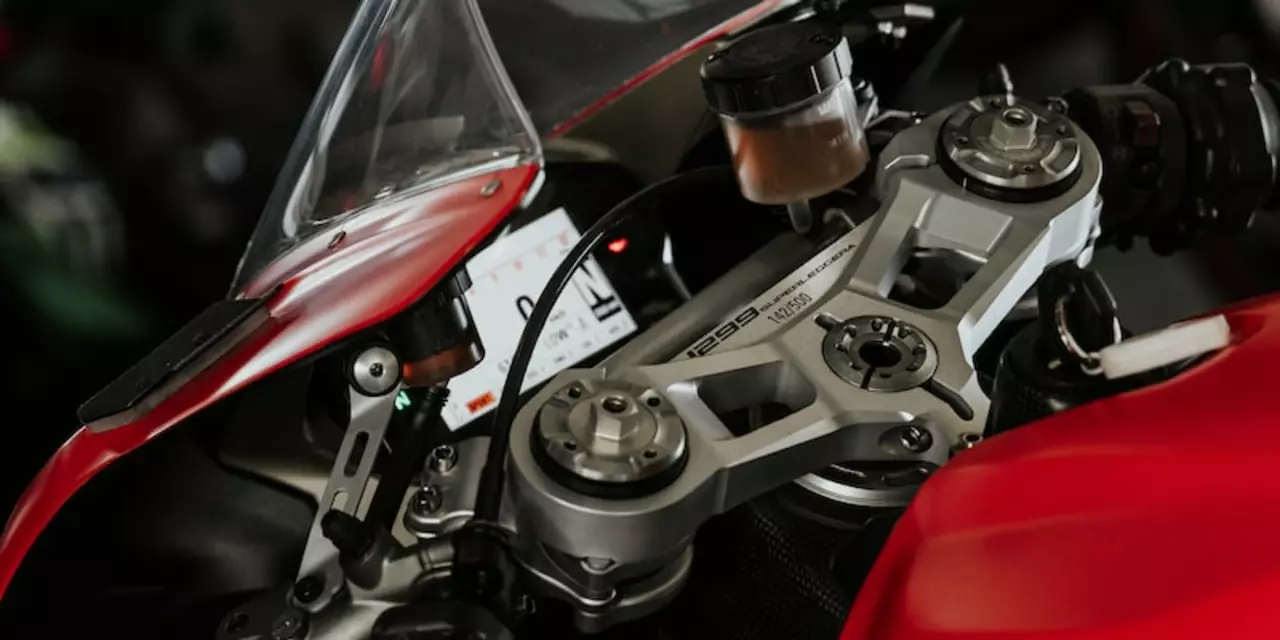Production in Motorsport Engineering: From Sketch to Track
Ever wonder how a sleek race car jumps from a designer’s sketch to the roar of a Grand Prix? It’s all about production – the series of steps that turn ideas into real‑world speed machines. In this guide we’ll break down the key stages, share handy tips for anyone eyeing a production role, and show why every bolt matters on the track.
Design and Prototyping
The first production step starts on a computer screen. Engineers use CAD software to model every chassis tube, aerodynamic wing, and suspension arm. The goal? Fit as much downforce as possible while keeping weight low. Once the virtual model looks solid, a rapid‑prototype team prints a scaled‑down version or builds a full‑size mock‑up with cheap materials. This lets designers feel the shape, check fit‑ment, and catch errors before expensive tooling begins.
Prototyping isn’t just a one‑off thing. Teams iterate dozens of times, swapping out carbon‑fiber panels, tweaking suspension geometry, and re‑running CFD simulations. Each iteration brings the car closer to its optimal performance envelope. If you’re new to production, learning basic CAD tricks – like mastering sketch constraints and assembly mates – can give you a foot in the door.
Manufacturing, Assembly, and Testing
When the design is locked, the real production hustle kicks in. High‑tech CNC mills cut aluminium blocks for engine blocks, while robotic arms lay carbon‑fiber layups for the monocoque. Precision matters: a mis‑drilled hole can weaken a chassis and cost the team precious seconds on the grid.
After parts are machined, they move to the assembly line. Here, skilled fitters bolt together suspension components, mount the power unit, and route wiring harnesses. Quality control stations check torque specs, alignment, and surface finish. In motorsport, you’ll often see a ‘go‑no‑go’ gauge at every critical joint – if the reading’s off, the car goes back for rework.
Once the car is fully built, it undergoes a battery of tests. First up: static tests where engineers measure chassis rigidity, brake balance, and aerodynamic load on a wind‑tunnel or flow‑bench. Next, dynamic testing on a shakedown track. Drivers push the car to its limits while telemetry logs every sensor reading. The data feeds back into the production loop – if a suspension arm flexes too much, the team revises the design and re‑fabricates that part.
If you’re aiming for a production role, focus on learning two things: material basics (carbon‑fiber, aluminium, titanium) and the language of tolerances. Knowing what “±0.02 mm” means on a gearbox housing speaks louder than any resume buzzword.
Production in motorsport isn’t just about making things; it’s about constant feedback, tight coordination, and an obsession with detail. The next time you see a car zoom past, remember the hundreds of hours, dozens of prototypes, and a whole production crew that turned a sketch into pure speed.
